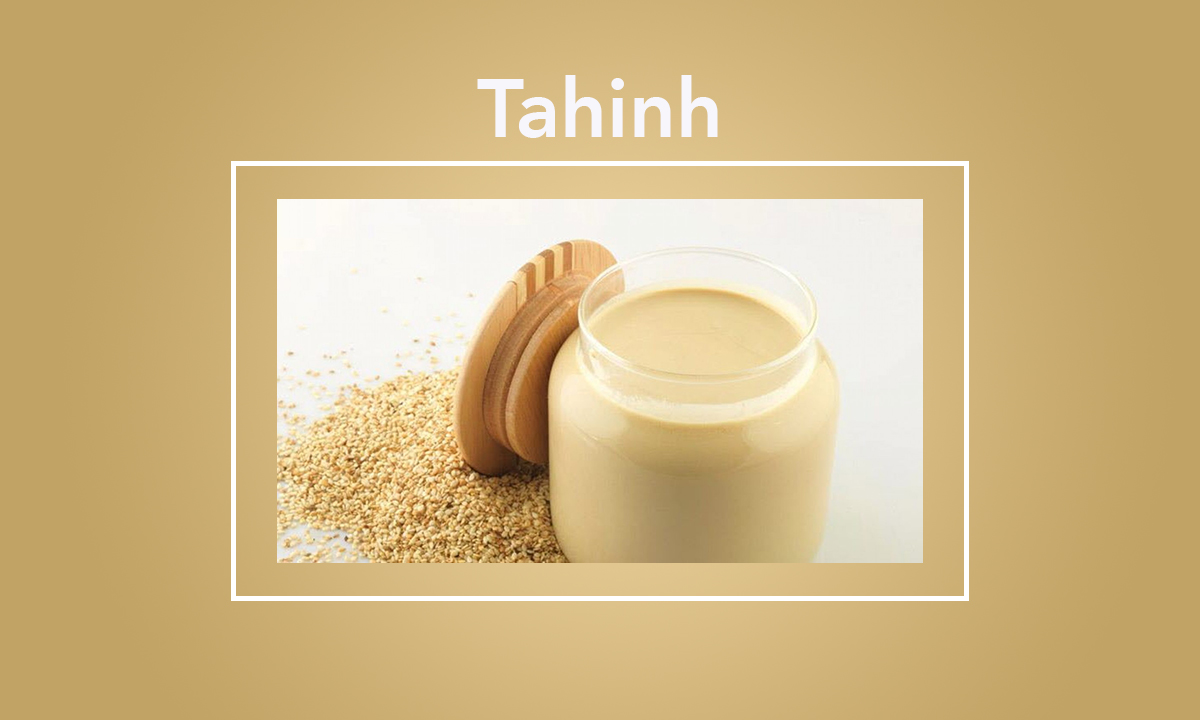The tahini is considered to be a fatty element so that it is produced from the grinding of sesame seeds, and sesame is one of the most famous and oldest spices known to various civilizations and the development of ages so that its discovery dates back to 1600 BC. Uses of sesame differ in all countries, you find it among the desserts, and you find it within the spice, and others use it as tahini.
The health benefits of tahini:
The heart: A study showed that taking tahini regularly for 4 weeks reduces cholesterol. And that after stopping Tahina for another 4 weeks, cholesterol levels went back up again.
Cancer: Sesame peels have a similar structure to estrogen, and they are able to bind to estrogen receptors and protect the body from the cancers associated with this hormone.
Arthritis: Sesame seeds gradually relieve pain and have no side effects
Bone health: Magnesium and calcium in tahini are beneficial to the bone, especially in terms of increasing its density, which is important for women after menstruation and for both sexes with age, as the risk of osteoporosis increases.
Damage to tahini:
Many of them are not recommended for patients with fatty liver.
It is not recommended for people with diabetes.
Saturated with fat
Not recommended for kidney patients.
It increases weight.
Manufacture method:
You start by cleaning the sesame seeds from impurities and then submerging them in water for more than 6 hours.
After soaking, the seeds are placed in a special machine that helps separate the pulp from the peel.
The seeds are then transferred to their own brine pans, separating the crusts, floating to the surface, and the pulp settling down. The core is then washed from salt, And by repeating the process, a pulp-free salt is obtained.
Purify the water and then toast it in a medium heat oven while stirring (or it may be exposed to water vapor). The roasting continues for a period of more than two hours, then it cools and grinds, resulting in white tahini.
Packaging and packing the flour and information about its production line:
1- Sesame Roasting Machine:This machine is used to roast peeled sesame seeds. When the machine spins to the right or clockwise it is roasting, and when it spins in the direction of the car or unlike the clock it works to empty.
2- Sesame Peeling Machine:It is a machine used to remove sesame peels by relying on a vibrating belt
3- Sesame Sieve:This machine is used to isolate foreign particles from sesame seeds suitable for producing tahini
4- Water tanks for sesame peeling:This machine consists of 4 tanks, the first of which is the moistening tank, and the second and third tanks are two tanks that contain salty water and used to separate sesame seeds from the crusts, while the fourth tank contains water to wash and purify the sesame seeds from the salt accumulated from the previous process.
5- Robot Sesame Transfer:This machine is used to transfer sesame seeds between the four tanks, and it is working with a hydraulic system.
6- Sesame Cooling Rack:Reliance occurs to cool roasted seeds in the wind.
7- Sesame Drying Machine:Reliance is made to dry the seeds after washing them in the wash tanks.
8- Steam sesame roasting machine:This machine is used for roasting peeled sesame seeds based on water vapor.
9- Carrier:Its function is based on the transportation of the sesame raw material necessary for the manufacture of tahini
10- Sesame Mill:The mill is used to grind sesame seeds after processing them, resulting in tahini, the final product.
11- Tahina filling machine:It is used for filling tahini in the plastic containers designated for the project.
12- Tahina tank:This tank is used for storing tahini. The capacity of the standard tank ranges between 1-4 tons, knowing that one can seek more capacity if the production capacity is greater than the capacity of the tank.
Tahini is an oriental sauce with a strong and distinct flavor and indispensable in many dishes




